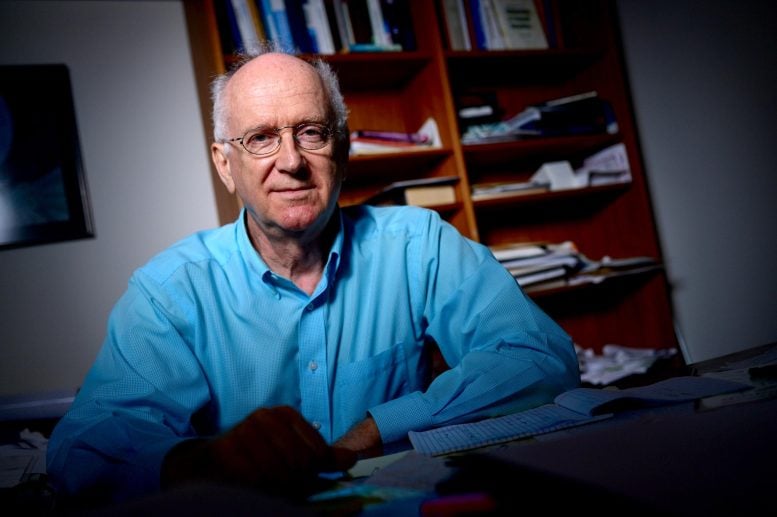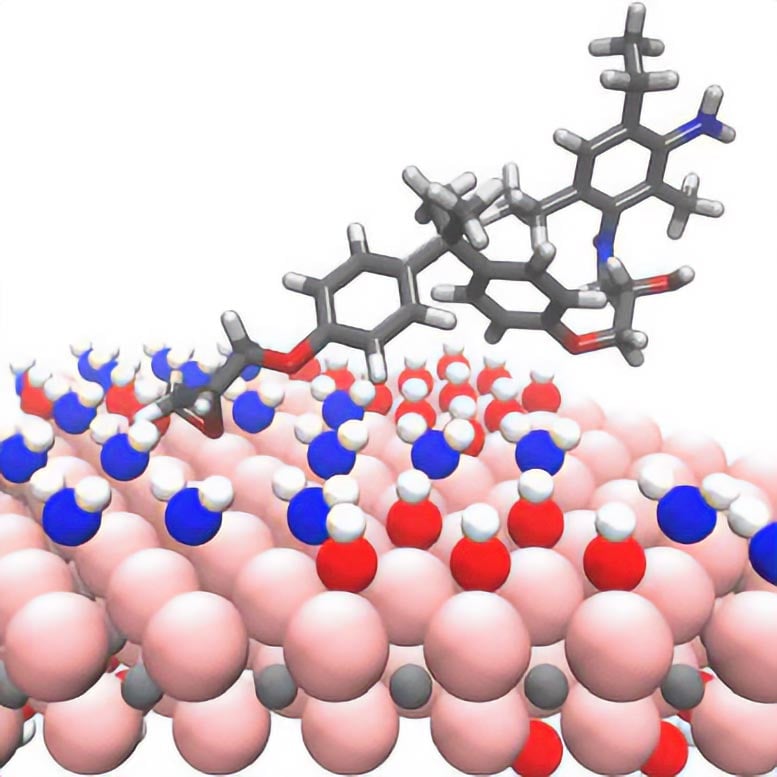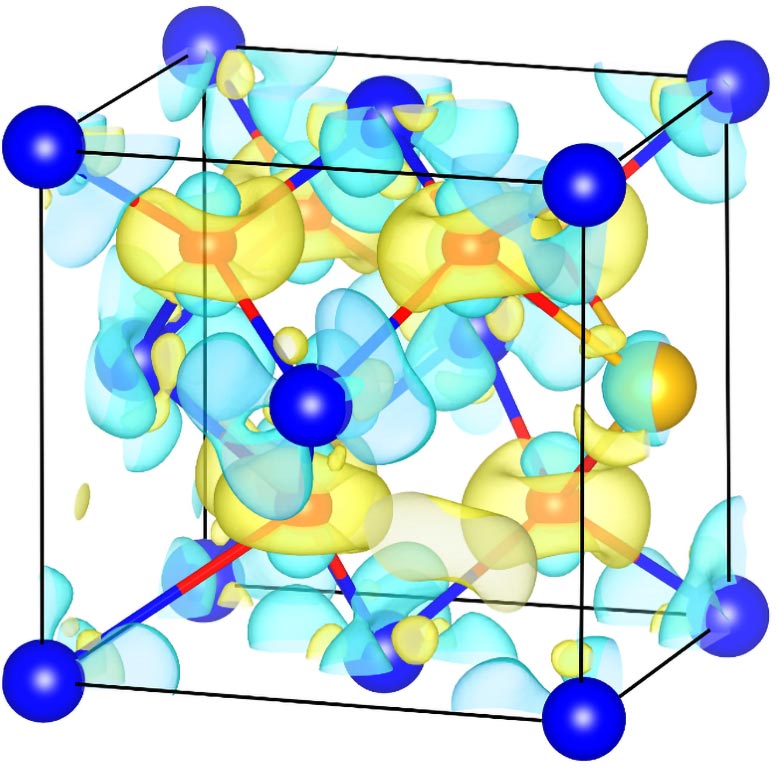Rice University secures federal funding to enhance advanced materials research focusing on improving 2D materials production, studying composite material interfaces, and exploring chemical reactions in nonequilibrium states for industrial and security applications. Credit: SciTechDaily.com
Rice University’s Boris Yakobson has received over $4 million in federal funding to advance research on 2D materials, interfaces in composite materials, and nonequilibrium chemical processes.
His work aims to develop better production methods, understand material behavior under extreme conditions, and explore new material synthesis for applications in energy and defense technologies.
Advanced Materials Research at Rice University
Advanced materials are an important point of innovation for areas critical to national security such as energy, defense, aeronautics, and aerospace technologies. Rice University materials scientist Boris Yakobson has won three awards from two federal agencies totaling $4,140,611 over several years to research challenging aspects of advanced materials’ production, performance and dynamics.
The awards are representative of Rice as a nationally relevant site of materials science research. Yakobson said he hopes the projects, which build on prior work, “lead to discoveries that really transform how we understand, make, and work with advanced materials.”

Boris Yakobson is Karl F. Hasselmann Professor of Engineering and a professor of materials science and nanoengineering. Credit: Jeff Fitlow/Rice University
Exploring Production Techniques for 2D Materials
A project titled “Mapping the synthetic routes for 2-dimensional materials” aims to unravel the molecular mechanisms that would enable the production of 2D materials for use in microchips and future electronics at industrial scale and quality.
2D materials were first produced through exfoliation, or by “peeling off” 
Representation of an interface in a composite material. Credit: Yakobson Research Group/Rice University
The Role of Quantum Dynamics in Material Synthesis
“Solid-vapor-solid reactions are many and poorly understood, and scientific breakthroughs in several key examples must pave the way to new science at the crossroads of gas-phase reaction kinetics, nonequilibrium surface physics and emergent crystal structure,” said Yakobson, who said he plans to use computational methods to explore initial quantum-level molecular dynamics in order to identify the key transformations leading from raw precursors to intermediate 
“Electronic glue” holds the atomic lattice of a ceramic material exposed to extreme heat and radiation, when the constituent ions change their charges and mobility. Credit: Yakobson Research Group/Rice University
Strategic Directions in Material Synthesis Research
Building on previous work on several iconic 2D materials such as











/https://tf-cmsv2-smithsonianmag-media.s3.amazonaws.com/filer_public/34/31/3431771d-41e2-4f97-aed2-c5f1df5295da/gettyimages-1441066266_web.jpg)







Discussion about this post